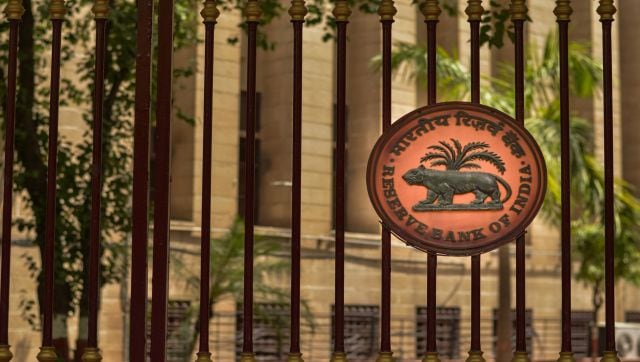After the success story of the Unified Payments Interface (UPI), the Reserve Bank of India (RBI) has announced a new venture — the Unified Lending Interface (ULI), which aims to provide “frictionless credit” and will soon be available nationwide.
Speaking on the same, RBI Governor Shaktikanta Das said that the RBI expects ULI to transform the lending landscape. “Just like the Unified Payments Interface (UPI) changed the payments ecosystem, similarly we expect ULI to transform the lending landscape,” Das said at the Global Conference on DPI and Emerging Technologies in Bengaluru on Monday (August 26).
But what exactly is this platform? How will it function? Here’s all that we found out so far.
What is ULI that the RBI announced?
On Monday (August 26), RBI Governor Shaktikanta Das announced that it has decided to call the tech platform that they are working on for frictionless credit as Unified Lending Interface (ULI).
He said just like UPI transformed the payments ecosystem, he expects that ULI will play a similar role in transforming the lending space in the country.
But what exactly is this platform? ULI, a digital platform, is expected to make the lending process easy. As Indian Express reports, ULI will facilitate a seamless and consent-based flow of digital information, including land records of various states, from multiple data service providers to lenders.
Currently, data required for credit appraisal is available with different entities like Central and state governments, account aggregators, banks, credit information companies and digital identity authorities. However, with the platform, all the data will be available at one location.
“By digitising access to the customer’s financial and non-financial data that otherwise resided in disparate silos, ULI is expected to cater to large unmet demand for credit across various sectors, particularly for agricultural and MSME borrowers,” the RBI governor said on Monday.
The governor further stated that the ULI will cut down the time taken for credit appraisal, especially for smaller and rural borrowers.
He added that the ULI architecture has common and standardised APIs, designed for a “plug and play” approach to ensure digital access to information from diverse sources, as per a PTI report. This would decrease the complexity of the project and allow for seamless delivery of credit at a quicker rate without the need for extensive documentation.
Is ULI already in use?
No. The current ULI is in the pilot stage and will be available to the country soon. “The pilot for ULI was launched last year by the RBI to enable frictionless credit. And based on the experience of the pilot, RBI will decide to launch ULI nationwide,” Das said.
“Just like UPI transformed the payments ecosystem, we expect that ULI will play a similar role in transforming the lending space in India,” he added.
Das in his speech also said, “The earlier trinity was Jan Dhan-Aadhaar-Mobile (JAM). The new trinity JAM-UPI-ULI will be a revolutionary step in India’s digital infrastructure journey,” Das said.
How successful has UPI been?
The ULI programme is based on the success of the
Unified Payments Interface or UPI. This real-time payment system was launched in India in April 2016 by the National Payments Corporation of India (NPCI).
Since its
launch, it has become the digital payments channel of choice in India; it is used by over 30 crore individuals and over five crore merchants in the country. In August last year, UPI achieved a remarkable feat of 10 billion transactions. A January report further stated that transactions through UPI had closed at around 118 billion in the previous year. This was a 60 per cent jump as compared to 74 billion UPI transactions recorded in 2022.
Another measure of UPI’s success is its availability in foreign countries. Malaysia, France, Nepal, Sri Lanka, Mauritius, Oman and Bhutan accept payments through UPI apps.
As the Centre noted, from a modest beginning in 2016, UPI’s phenomenal adoption and acceptance today is a one-of-a-kind story that is unmatched when it comes to its scale and impact.
With inputs from agencies
Link to article –
After UPI, RBI announces new Unified Lending Interface: What is it?
